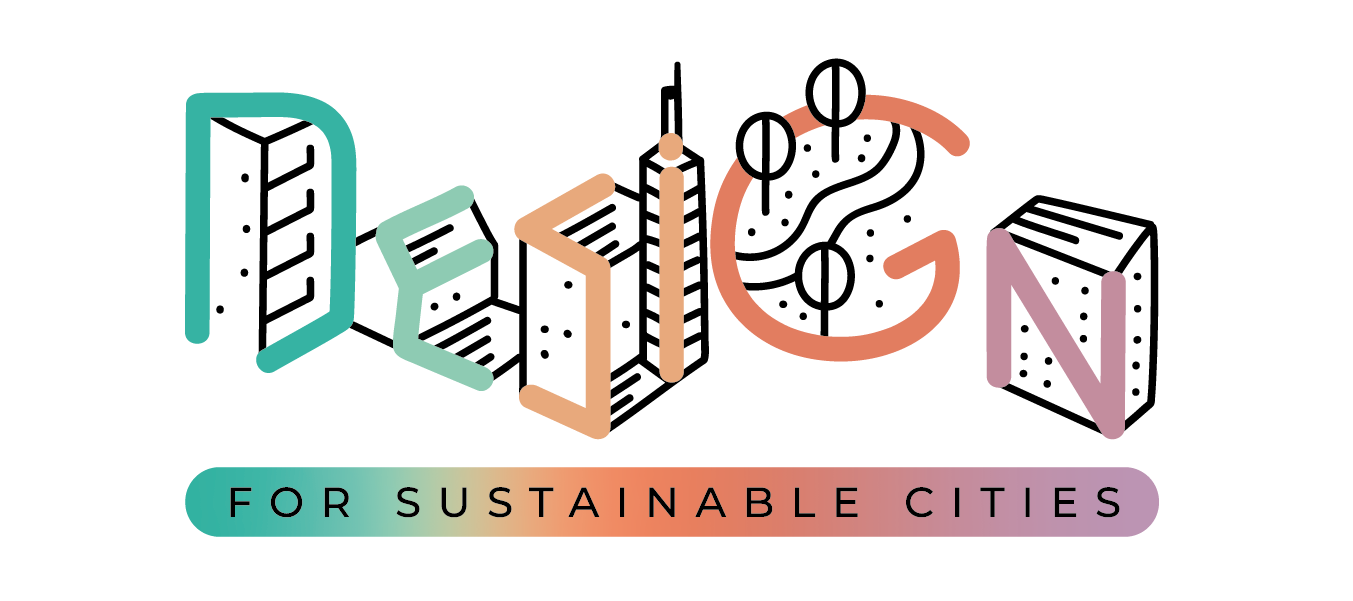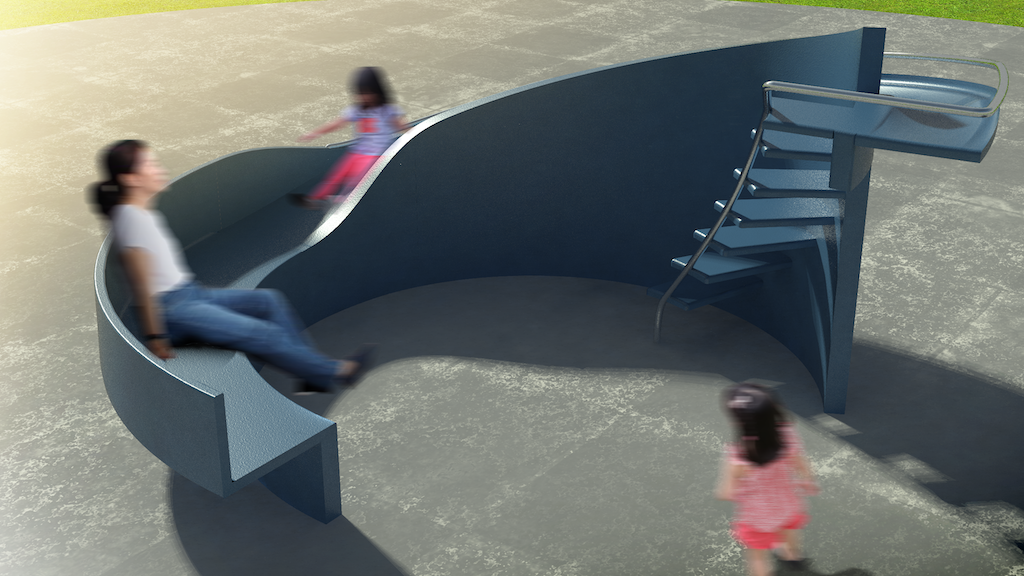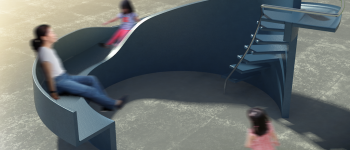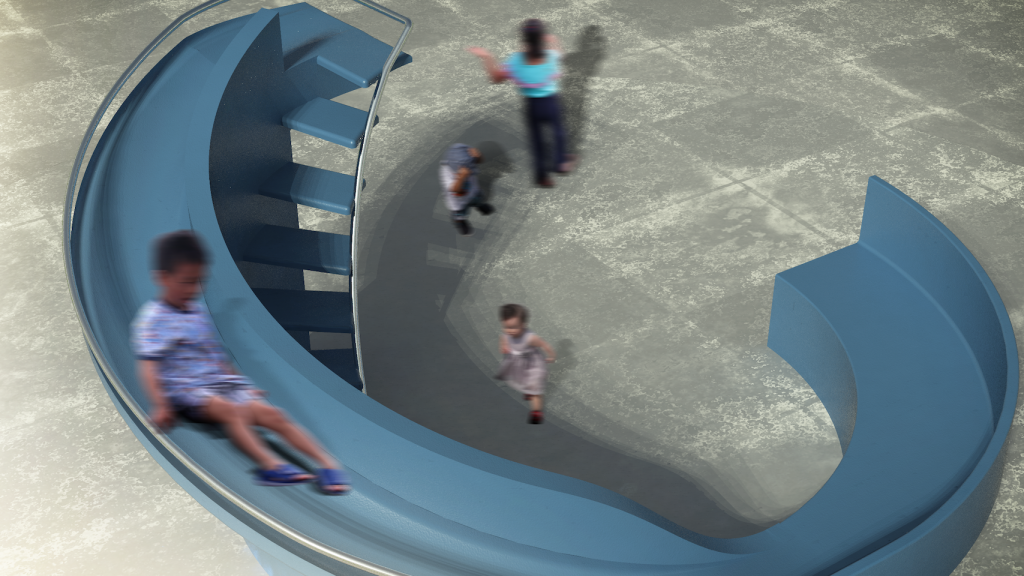This project addresses the social isolation of elders in the urban neighbourhoods of Singapore. I explore how we might form organic and intergenerational companionships between neighbours/families in shared spaces. In 2017, the number of elders who took their own lives in Singapore, peaked at 129 and social disconnect was cited as a contributing factor. As a firm believer of the importance of emotional design in cities, the way our environment is built has the power to augment or dictate the way we behave and interact together. Today, as Singapore’s built environment grows to cater to more young families, our elders continue to live alone in neighbourhoods that make them more invisible and forgotten. How might we create a deeper sense of social inclusion for the elders living in our neighbourhoods?
Today’s design of our city has unexpectedly disrupted organic social interactions between our shared living spaces. In Singapore, as our ageing population rises, more elders are living alone – slowly isolating themselves from the rest of their neighbourhood’s community.
In the context of our common living spaces, like community parks or playgrounds, where both the young and old gather, we observe how both groups share the same space yet have become so disconnected. Hence, how might we promote the start of bonds between the two groups in a neighbourhood, to strive for a socially inclusive urban space for elders?
Slide Bench explores witty modifications on playground furniture to afford for non-verbal interactions between the 2 groups. The hybridisation of playful components in a child’s playground with the restful nature of a park bench aims to bring together the openness of a playing child with elders. The subtle nudge afforded by the Slide Bench, creates opportunities for interaction. Thus, leading to gradual trust and social receptiveness between the parties.
The Slide Bench is one configuration that achieves this balance of an encounter. Thus, showing the many possibilities of social experiences that can be designed through delicate combinations of existing urban furniture.
I considered spaces in our neighbourhood where elders and children would naturally intersect and found that playgrounds were the appropriate space. This is a space where both groups spent the most time together, hence, they were familiar, comfortable and relaxed. In this zone, we can innovate subtle nudges to enhance interactions and create a more socially inclusive neighbourhood. The intention is to promote the start of meaningful bonds between elders and children, where children playing in the space are able to have at least an eye contact or a smile to the elders sitting around there. Hence, just like how we bump into neighbours and start to form friendships, our playground environment can achieve that sense of ‘bump’. Instead of trying to force artificial interactions, are we able to increase the chances of ‘accidental’ encounters?
By repositioning, arranging or combining existing playground furniture, let us create nudges to direct the gaze of users and gently draw attention to each other. This method goes from co-locating to co-integrating of elements, allowing a shared moment to be experienced. For this exploration, I was drawn to the pairing of a slide-bench because it felt effortlessly merged with no complex mechanics, as if children could slide right up to the elderly.








